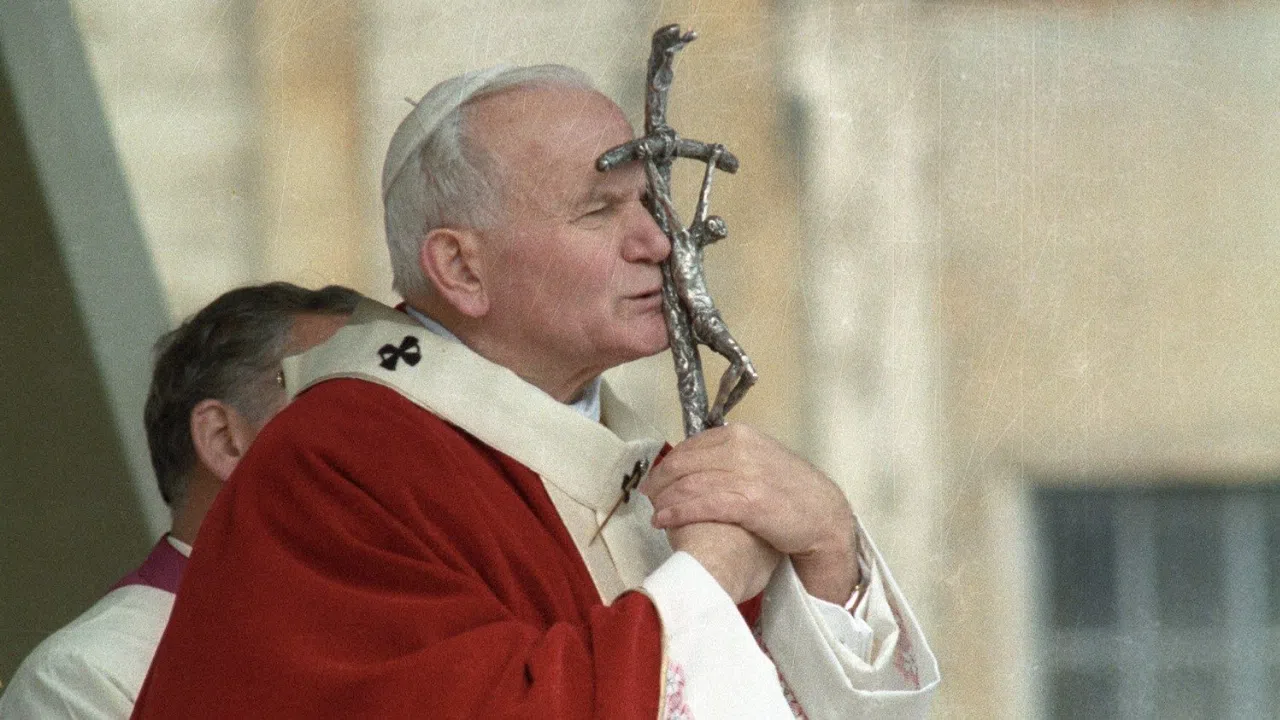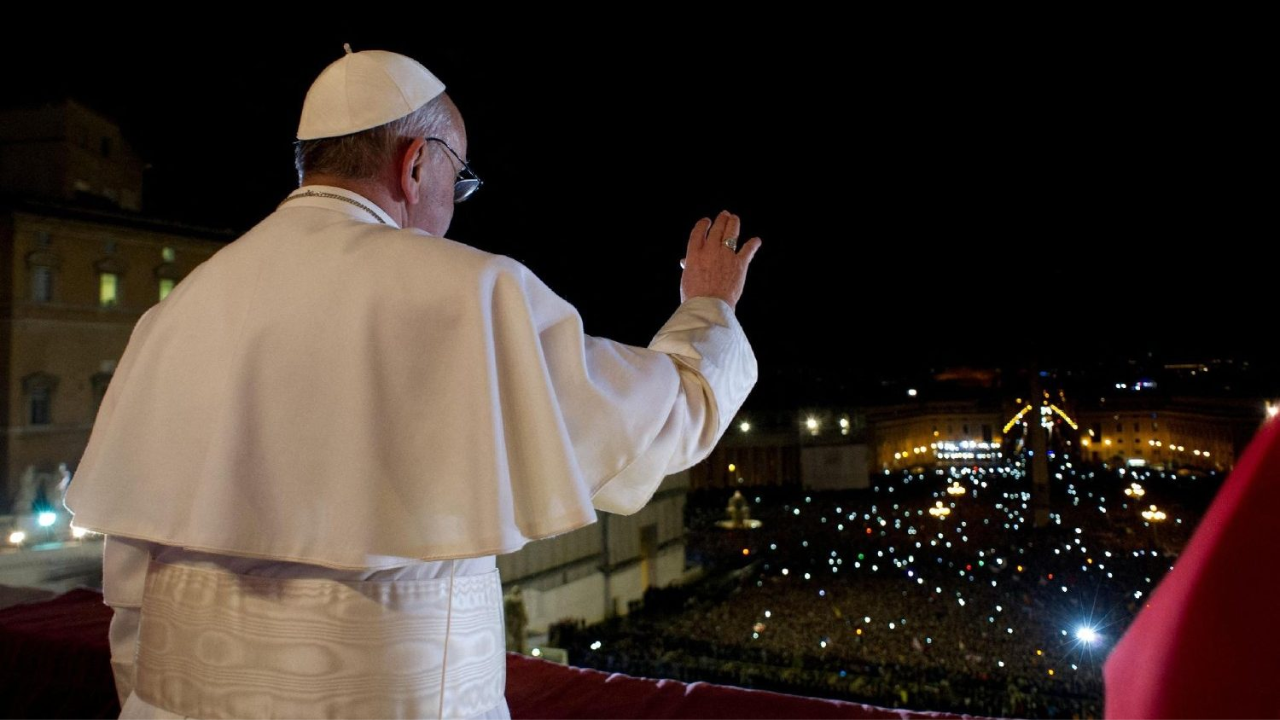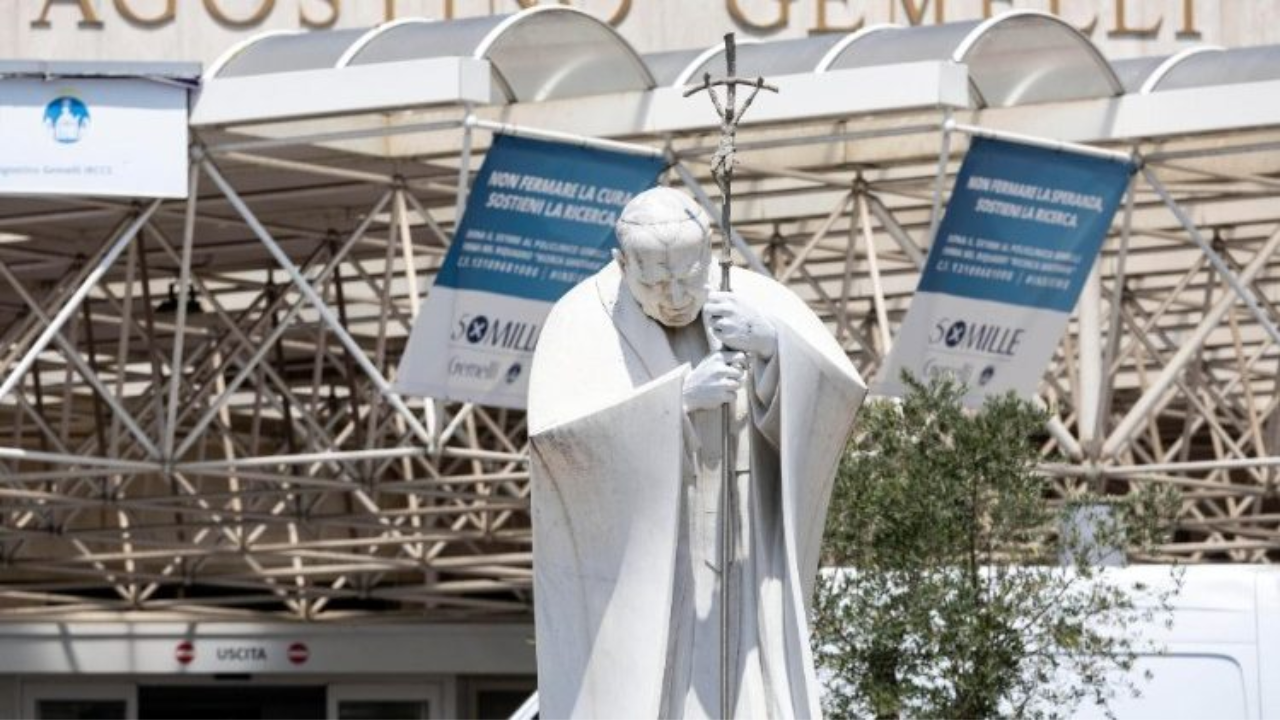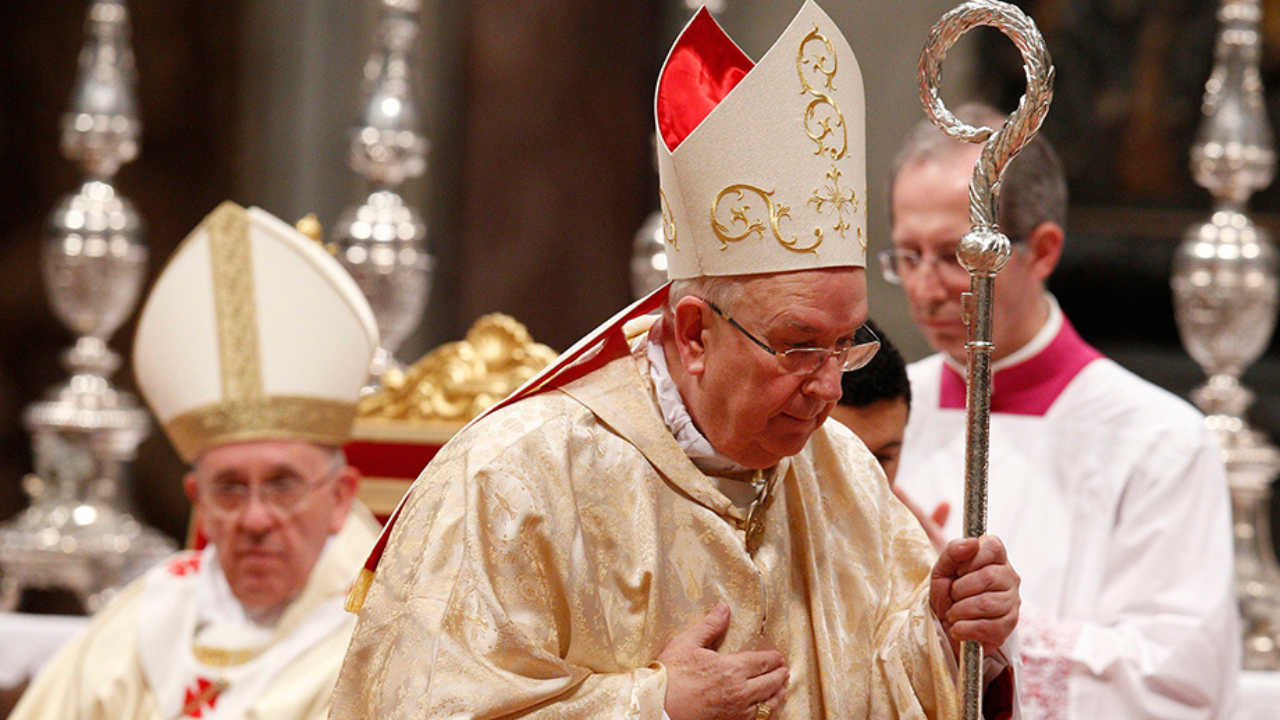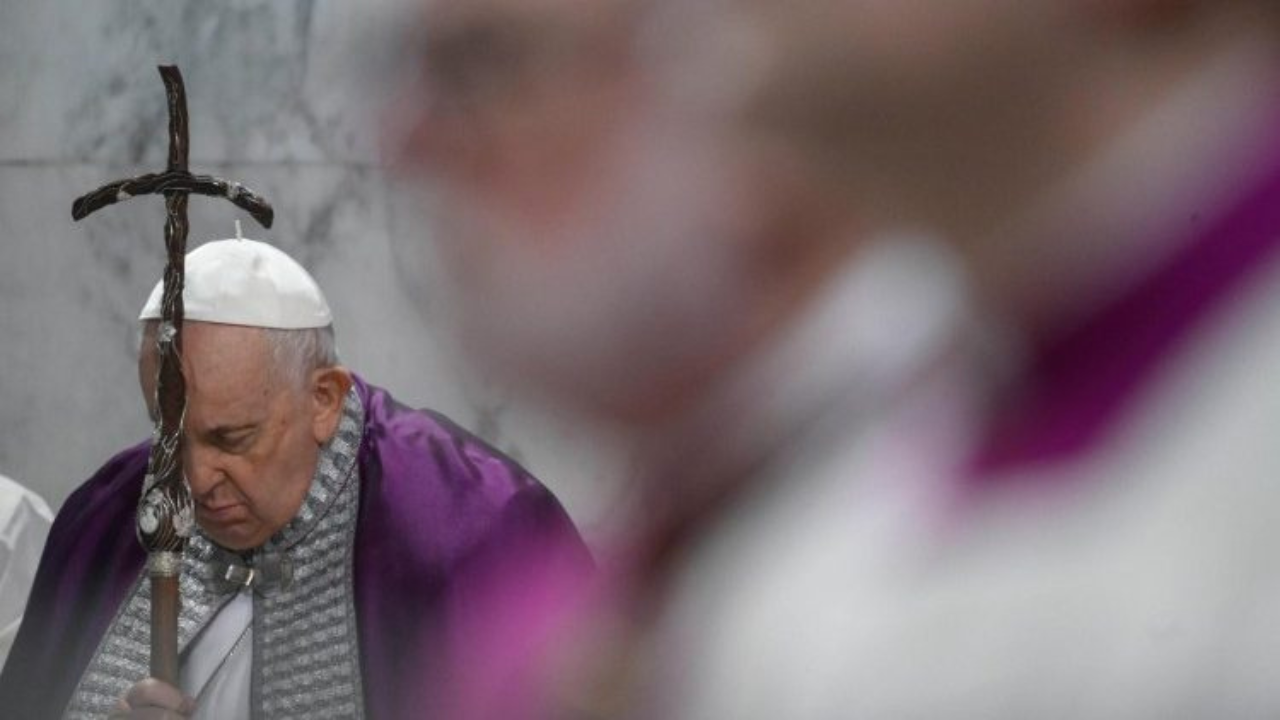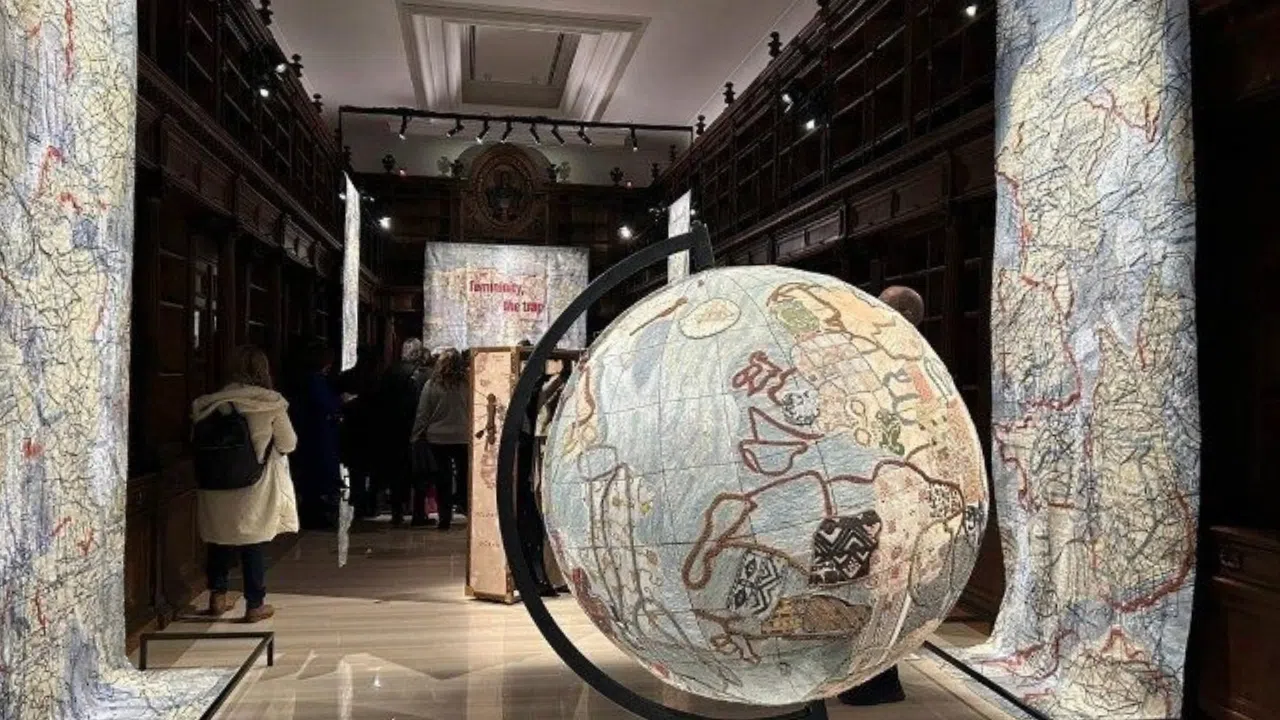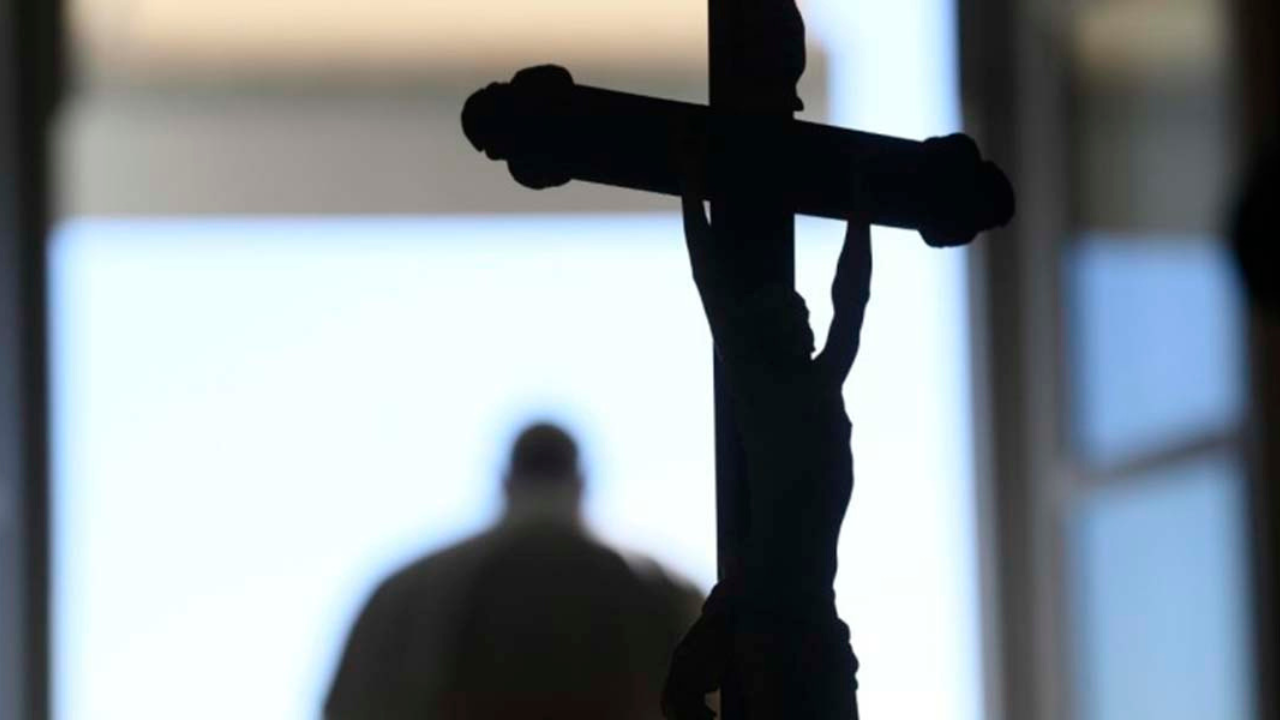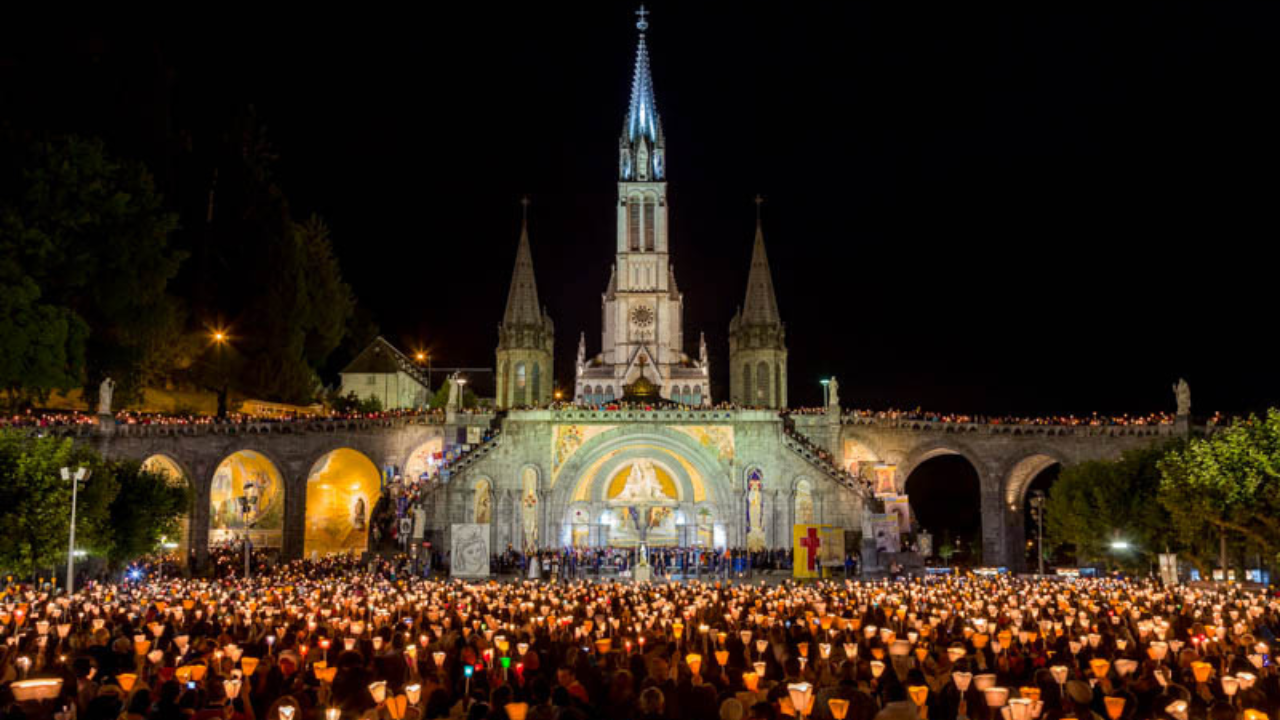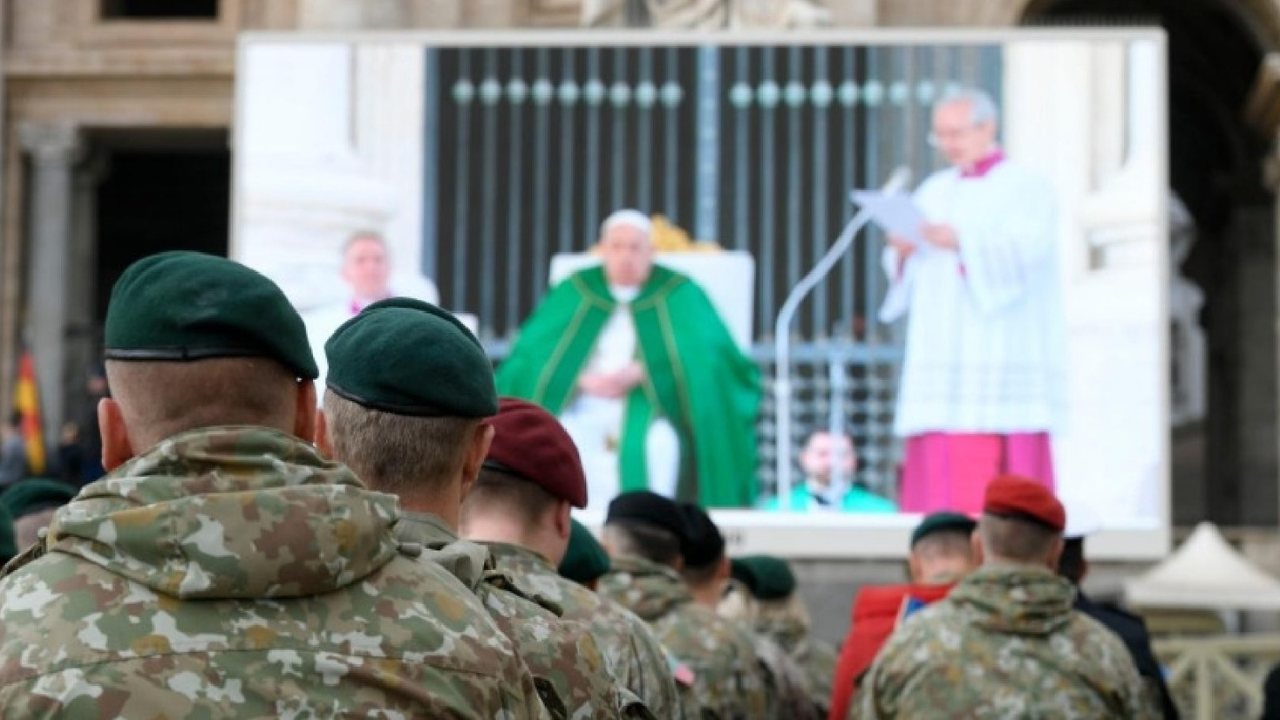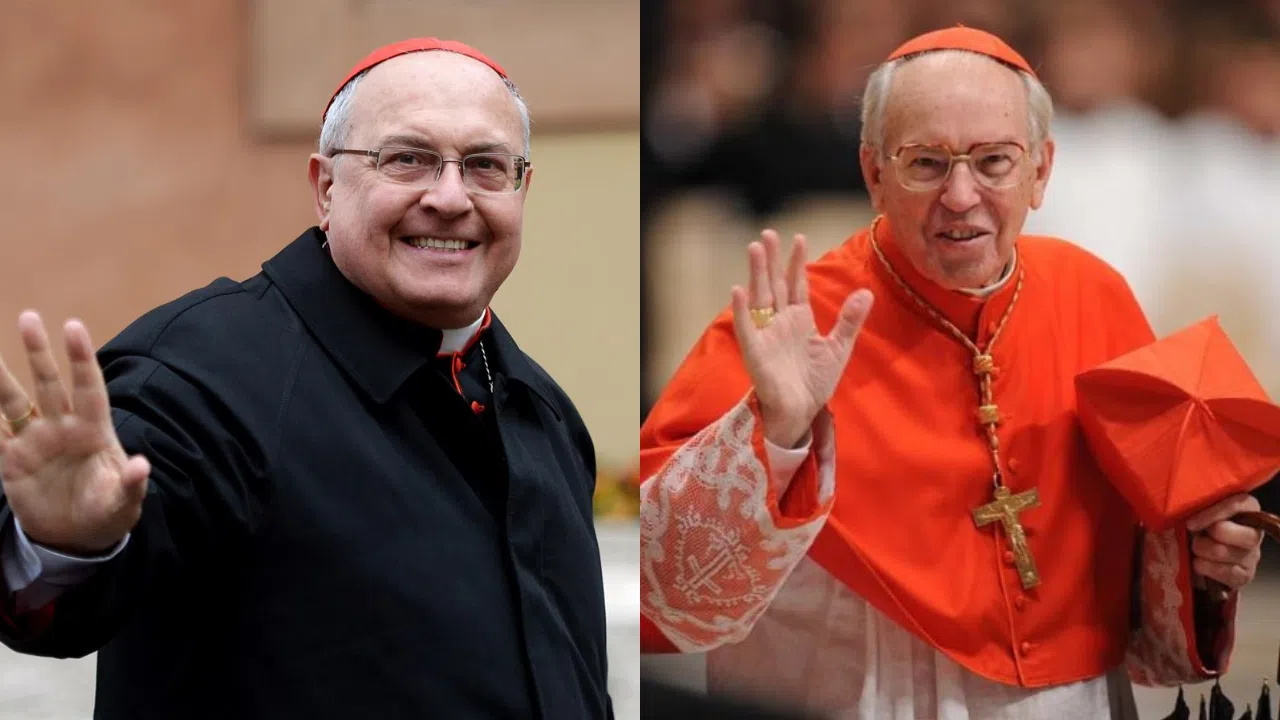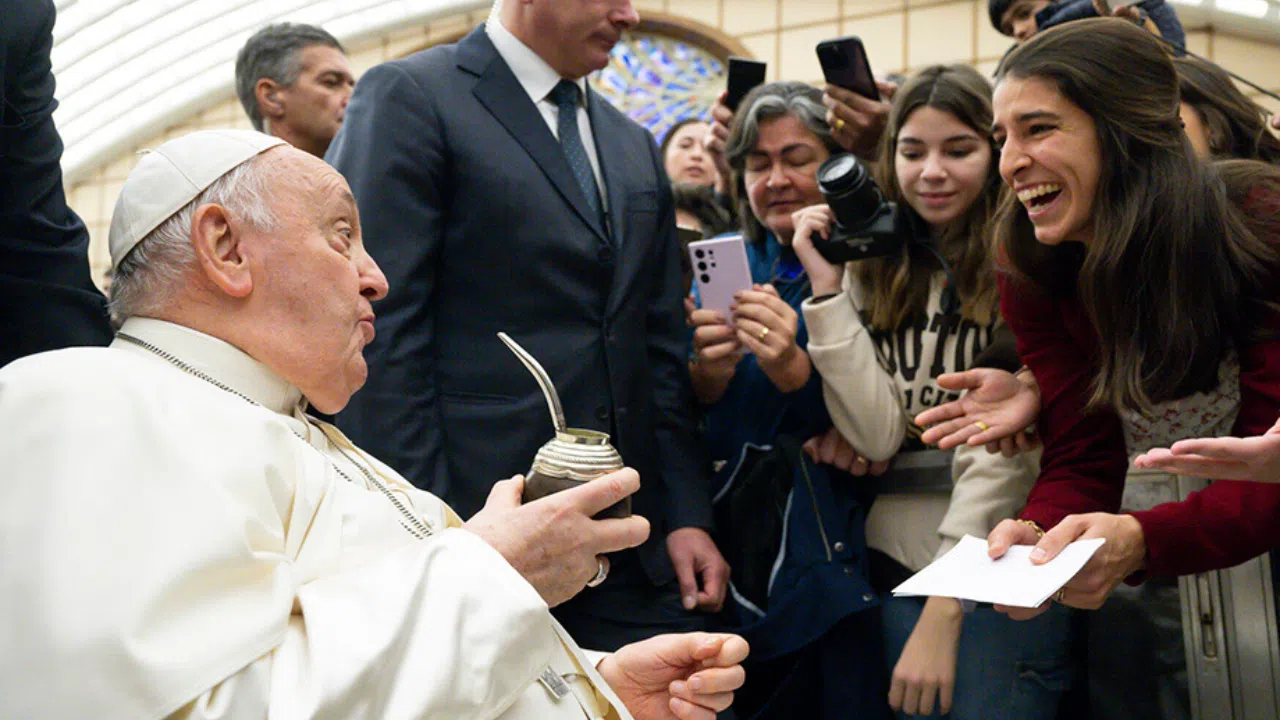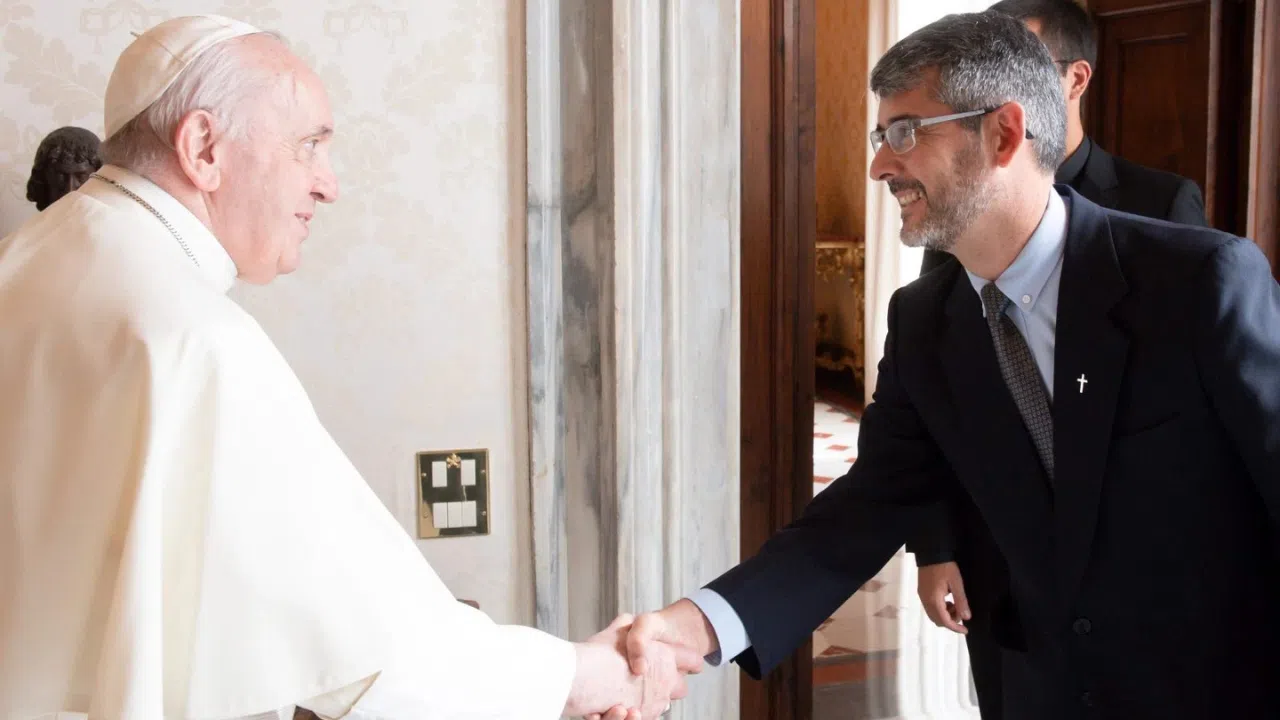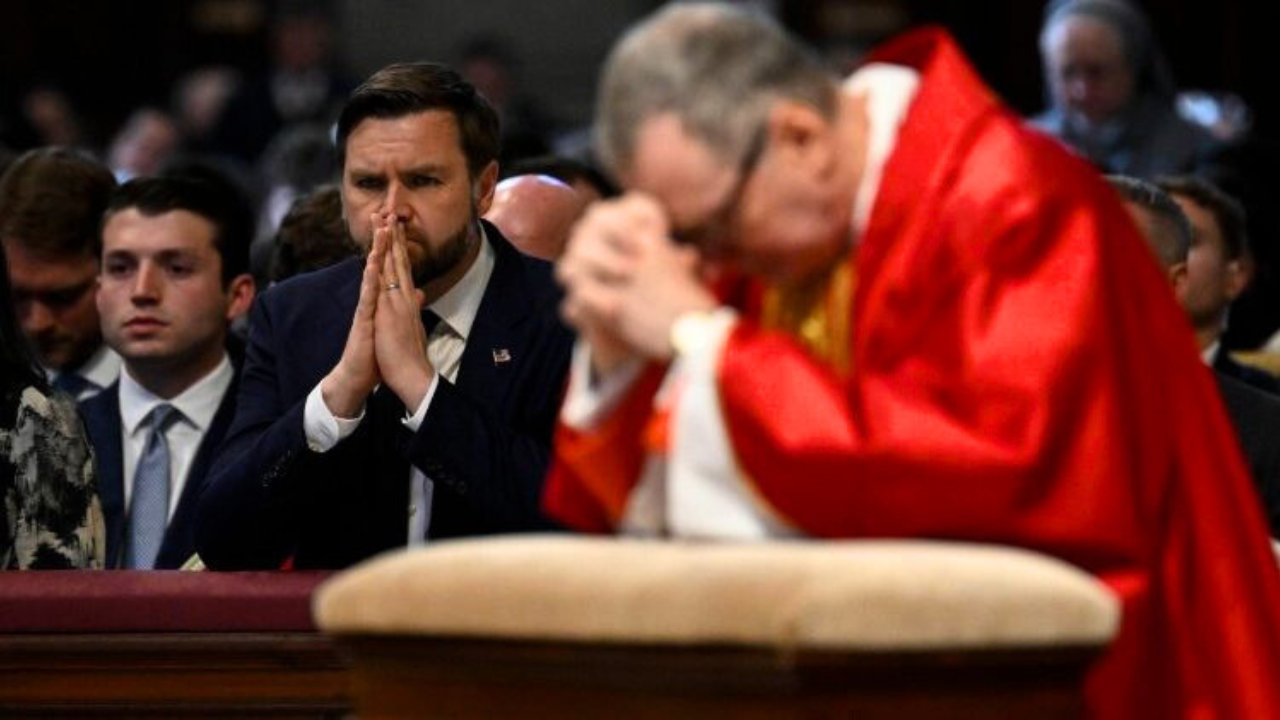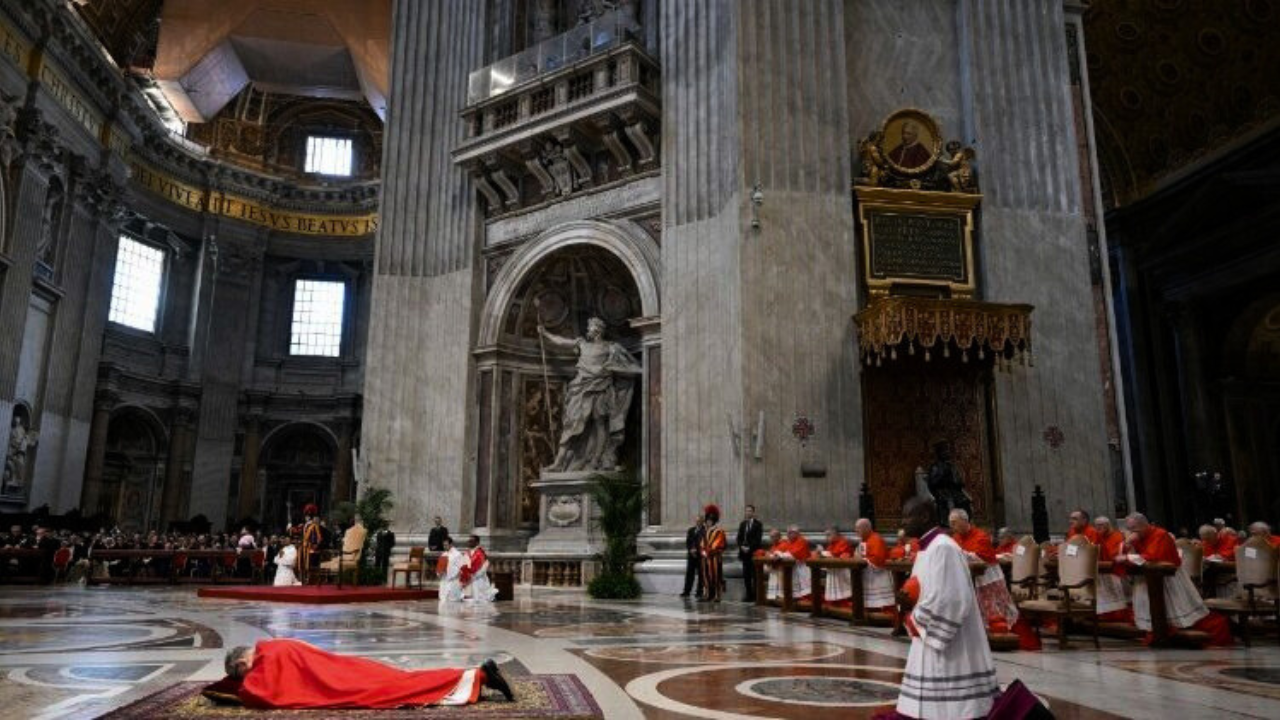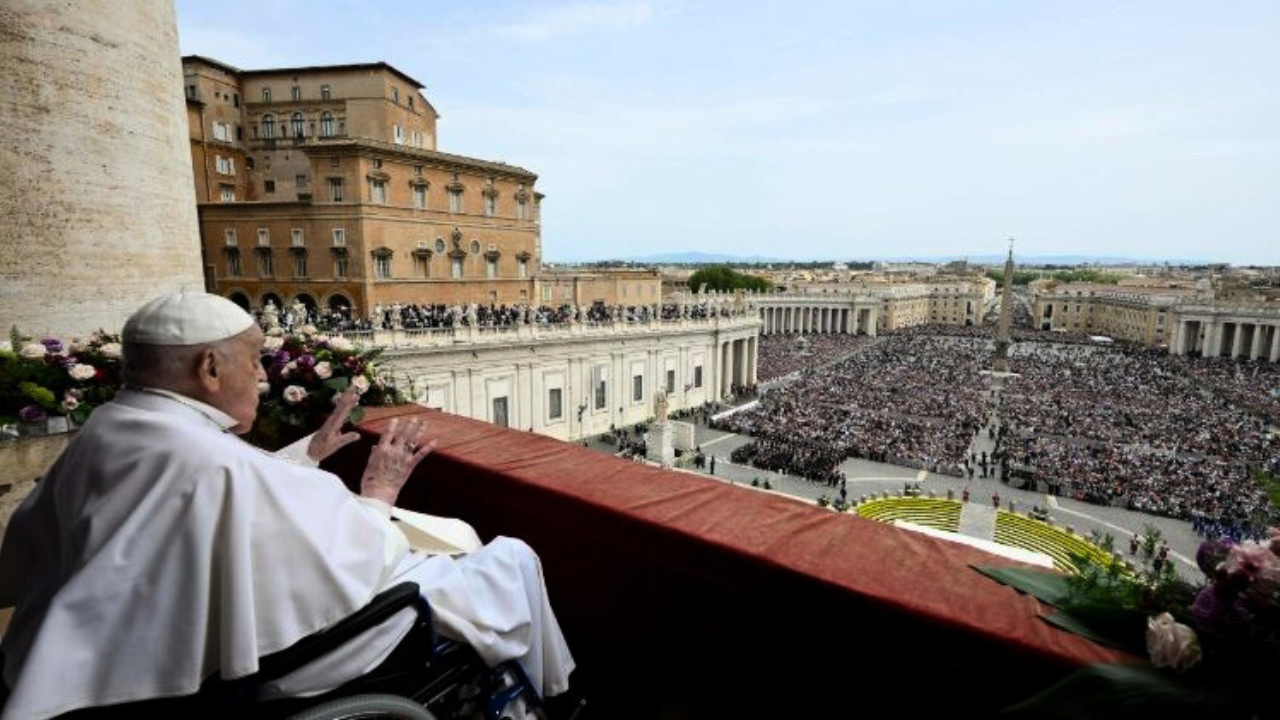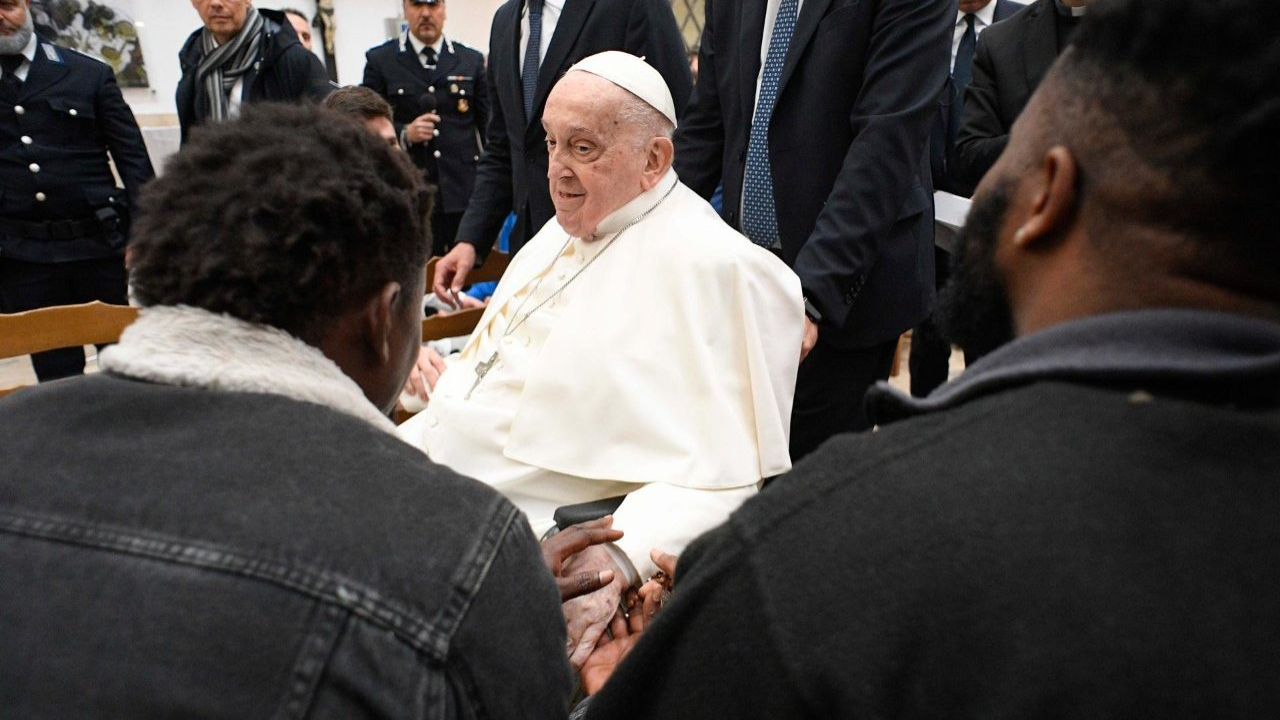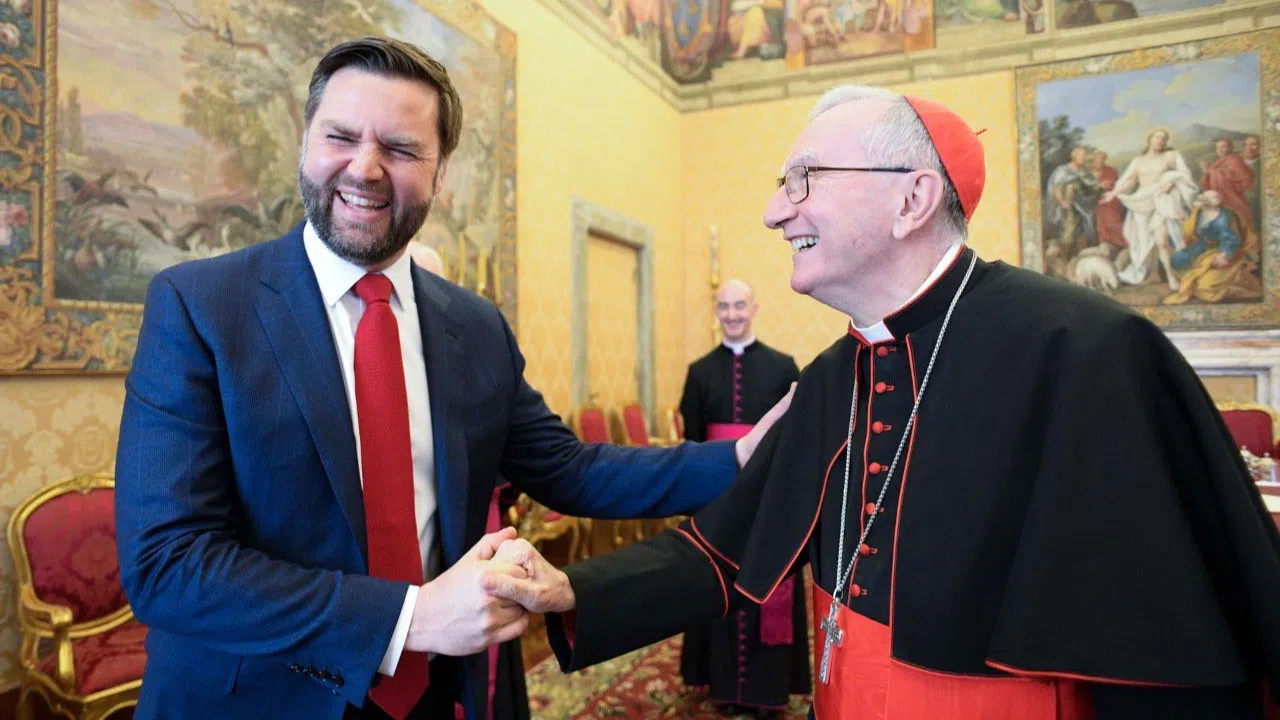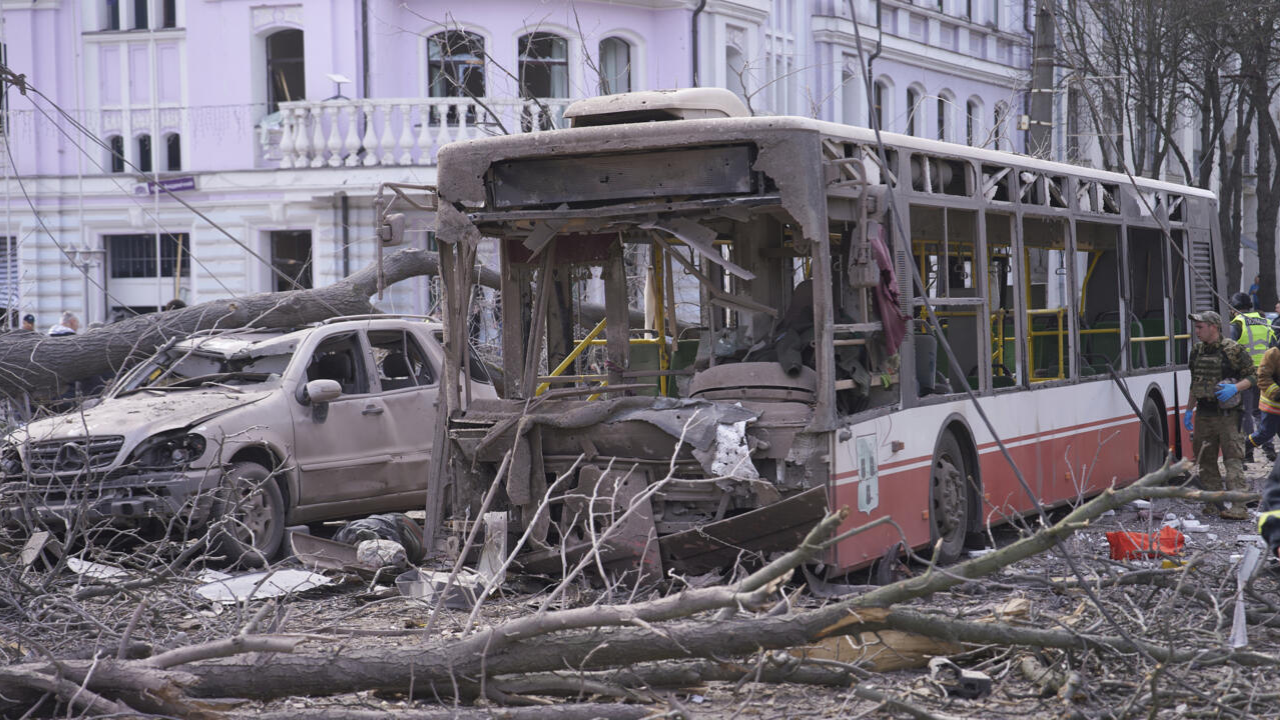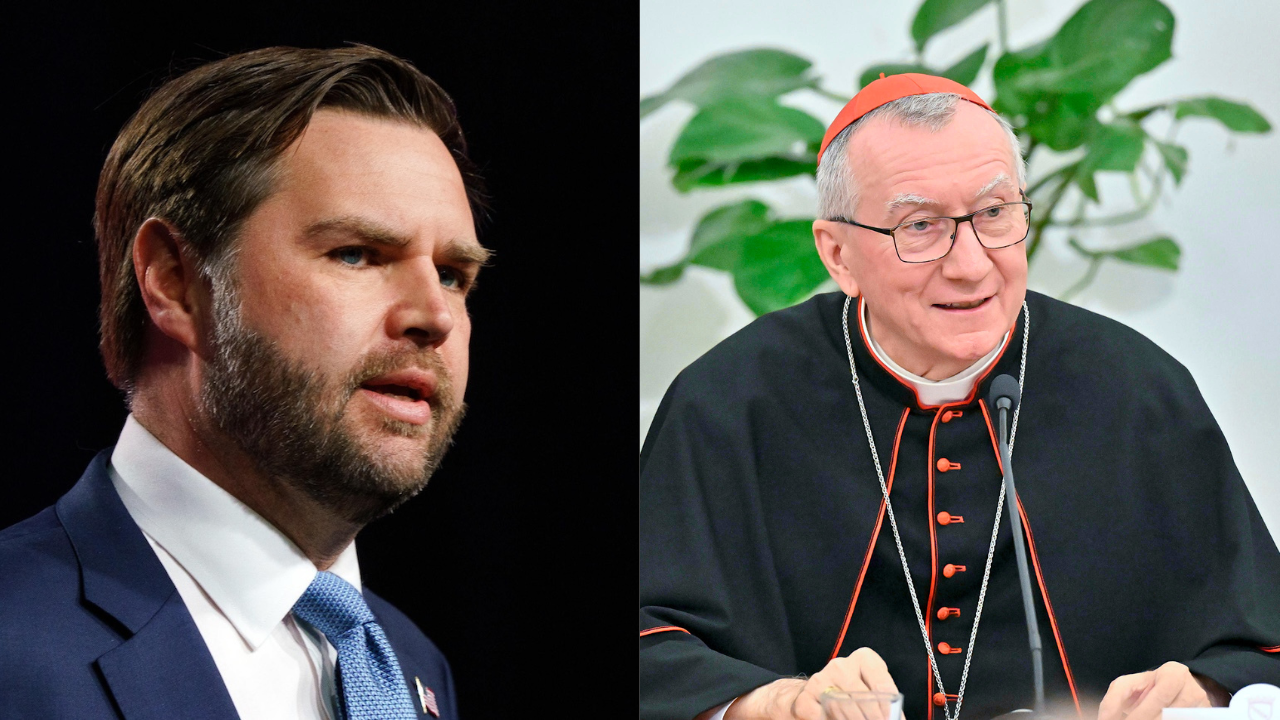The Curia reforms that Pope Francis have been carrying out since 2013 can be summarized in three words: horizontal, central, and effective. ;
1. HORIZONTAL The pope created an alternative channel to the Curia, in order to be informed of the Church's situation in the world. In the first month after his election, he established a Council of Cardinals to advise him on the Church's government. In this way, Pope Francis secured another way to receive information. It is a less vertical and hierarchical system.
2.CENTRAL To centralize the financial supervision of more than 200 dependent agencies of the Vatican, Pope Francis created the Secretariat for the Economy in February 2014. He also centralized the Vatican's media outlets that previously worked independently into one department. The pope has merged seven dicasteries into two great bodies: one dedicated to the laity, the vast majority of Catholics, and one to development, to offer answers to the problems of today's world.
The pope also created the Pontifical Commission for the Protection of Minors, in March 2014. Its objective is to raise awareness of this problem all levels of the Church, be it bishops, priests or laity. It also gives guidelines on how to help victims, and investigate priests, when new denounces arise. ;
3. EFFECTIVENESS ; In order to waste no time solving problems, the pope has started these new departments without waiting for them to begin working. This is an unusual, but effective, practice in the Vatican. ;
In fact, what the Argentinian pontiff is putting into practice, are the proposals made during the pre-conclave meetings by the cardinals that elected him. They clearly saw that the Curia needed to be redesigned in order to be at the service of the world's 1.2 billion Catholics. ;
